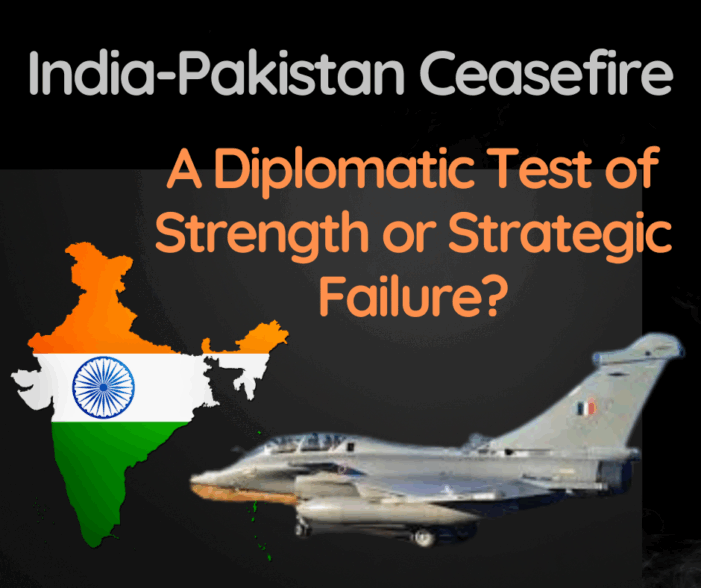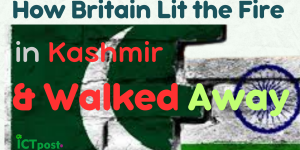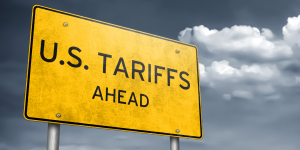The Recent India-Pakistan Conflict and Its Diplomatic Implications
New Delhi: May 11, 2025
By Dhirendra Pratap Singh
The recent conflict between India and Pakistan, followed by a ceasefire violation, has once again raised questions about India’s foreign policy and diplomatic capabilities. This is not just a matter of border conflict but a failed test of global diplomacy, media roles, and internal political will. India carried out a strong military strike against Pakistan and then took a tough stance with a ceasefire, but when Pakistan broke the truce, the question arises whether India succeeded in its strategy or was merely reactive.
What Was Achieved After the War?
India’s foreign policy faced a significant challenge on a large front. When India took military action against Pakistan, it sent a strong message regarding the country’s security and its stance against terrorism. However, when the ceasefire was broken shortly after the announcement, it indicated that either India didn’t receive full international support or that it failed to effectively communicate its position on the global stage.
The IMF’s $1 billion aid package to Pakistan and the mediation by the United States made it clear that India’s voice was not as influential on the international level as it should have been. After the war, the U.S. played a role in establishing a ceasefire with Pakistan, which India accepted. This could signal India’s diplomatic inability, as it lacked an effective strategy to isolate Pakistan following the conflict.
Role of China and Turkey
Some analysts believe that China and Turkey may have played a role in Pakistan breaking the ceasefire. Both countries issued statements supporting Pakistan and suggested that it should remain firm on its position. If true, this highlights India’s diplomatic failure. India did not fully fight to maintain its independence as an emerging global power.

The increasing involvement of China and Turkey serves as a warning for India to strike a better balance in its diplomatic relations and strategies.
Role of Media
The role of Indian media in the entire conflict and diplomatic developments is also under scrutiny. National news channels, caught in the race for TRPs, sensationalized the events of war while the analysis of on-ground realities and international developments became secondary. Instead of providing accurate analyses of government statements and diplomatic strategies, the media focused primarily on nationalism and emotional issues.
The question arises: Did the Indian media seriously consider U.S. intervention, Pakistan’s internal military politics, or China’s potential involvement? Or did the media get stuck in the old framework of “nationalism vs. treason”? Given the significant international issues at play, the media mostly presented the situation from an emotional perspective, which hindered democratic discourse and attention to national concerns.
Questions for the Government
- What concrete steps did India take to isolate Pakistan on the international stage post-war?
- How was India sidelined during the U.S. mediation process?
- Did India engage in clear strategic dialogue with Russia, France, or other allies?
- Was there coordination between the war and diplomacy, or was there a contradiction?

Instead of controlling public opinion emotionally, did the government provide transparency on the situation?
Finding answers to these questions is crucial because India needs a clear and independent diplomatic strategy that not only addresses internal criticisms but also ensures a strong global presence.
Need for Self-Reflection
The breaking of the ceasefire is not just a matter of Pakistan’s intentions; it is also a result of India’s strategic inability, lack of communication, and a media environment that spread confusion. While India claimed to have inflicted damage on Pakistan during the war, this claim does not fully align with on-the-ground realities and the perspectives of international media.
India now needs a foreign policy that is not only based on the image of a “strong Prime Minister” but also on solid strategic diplomacy, media transparency, and an understanding of global alliances. The government should engage in open dialogue on serious diplomatic issues rather than avoid them, and the media must rise above nationalism to uncover the truth.
Key Points:
- U.S. Role and India’s Strategic Autonomy:
Why did India accept the ceasefire in the presence of the United States? Is India’s strategic autonomy diminishing? - Pakistan Breaking the Ceasefire:
Despite India’s approval of the ceasefire, Pakistan launched attacks in Kashmir, indicating that Pakistan was not serious about it. - Reasons for Modi Government’s Acceptance of the Ceasefire:
Was this decision taken under political pressure? Was it the right step given the internal and international pressures India faced? - Pressure from China on Ceasefire:
Did India accept the ceasefire under China’s pressure? Did Pakistan break the ceasefire due to China’s influence? Was India indirectly pressured by the U.S. or China?
Strategic Failure
In the context of this conflict and diplomacy, India needs self-reflection. Is India truly independent and effective in its foreign policy, or is it merely a symbolic “big power”? The Indian government and media must answer tough questions to formulate a stronger and clearer diplomatic approach.
India’s strategic position and military readiness could make it a powerful global player in the future, provided we define our policies and direction clearly.








